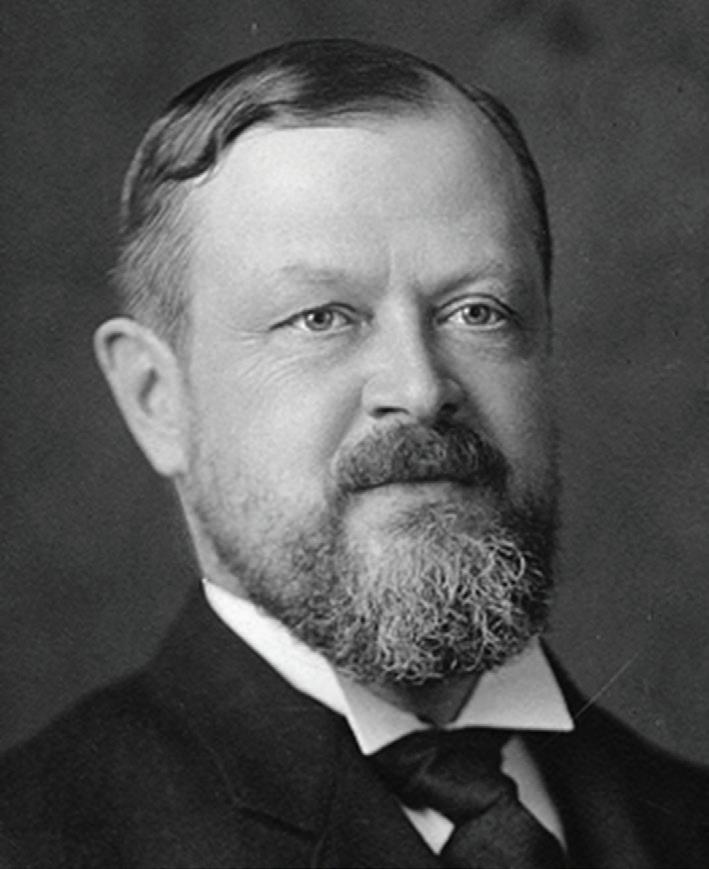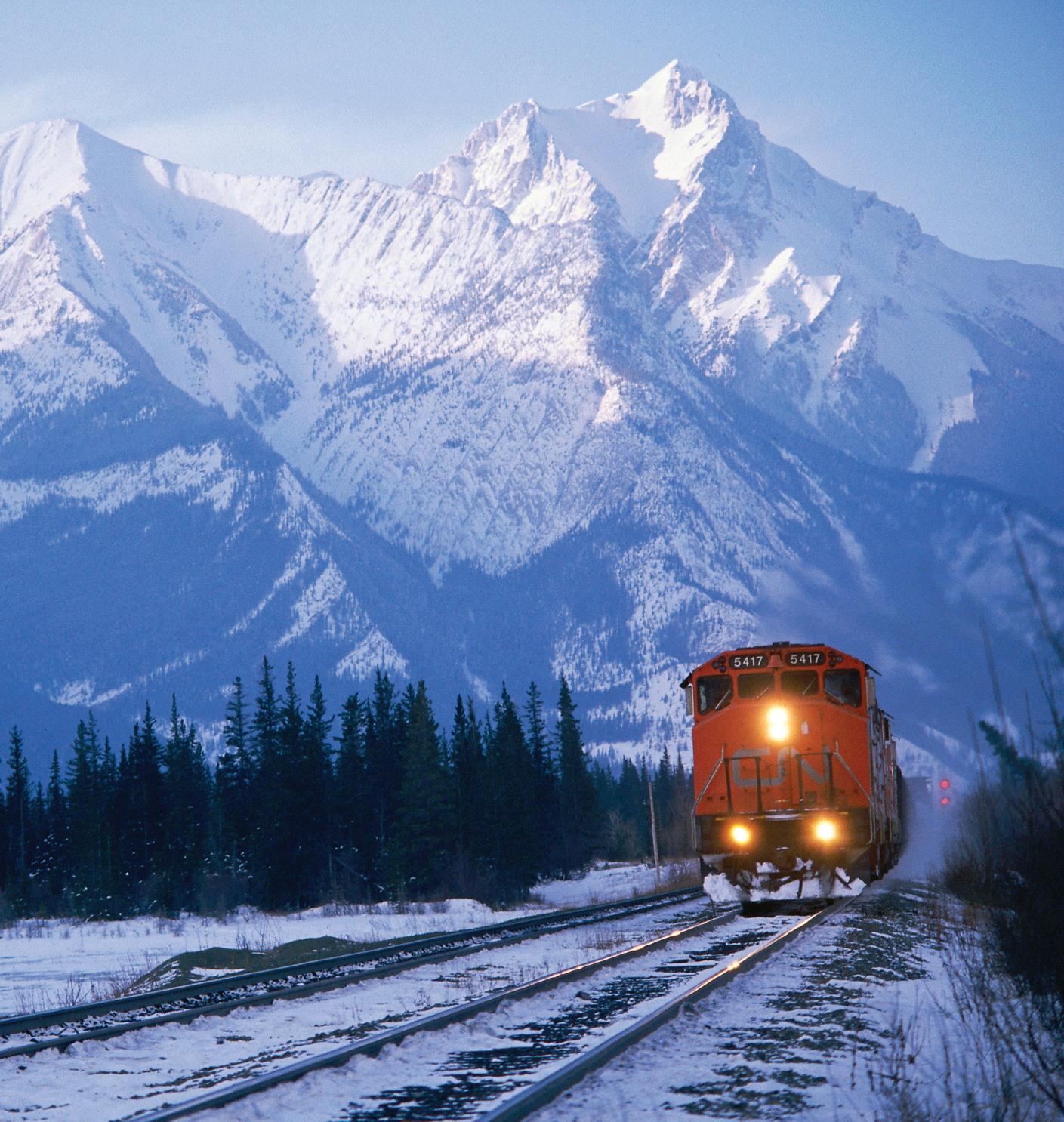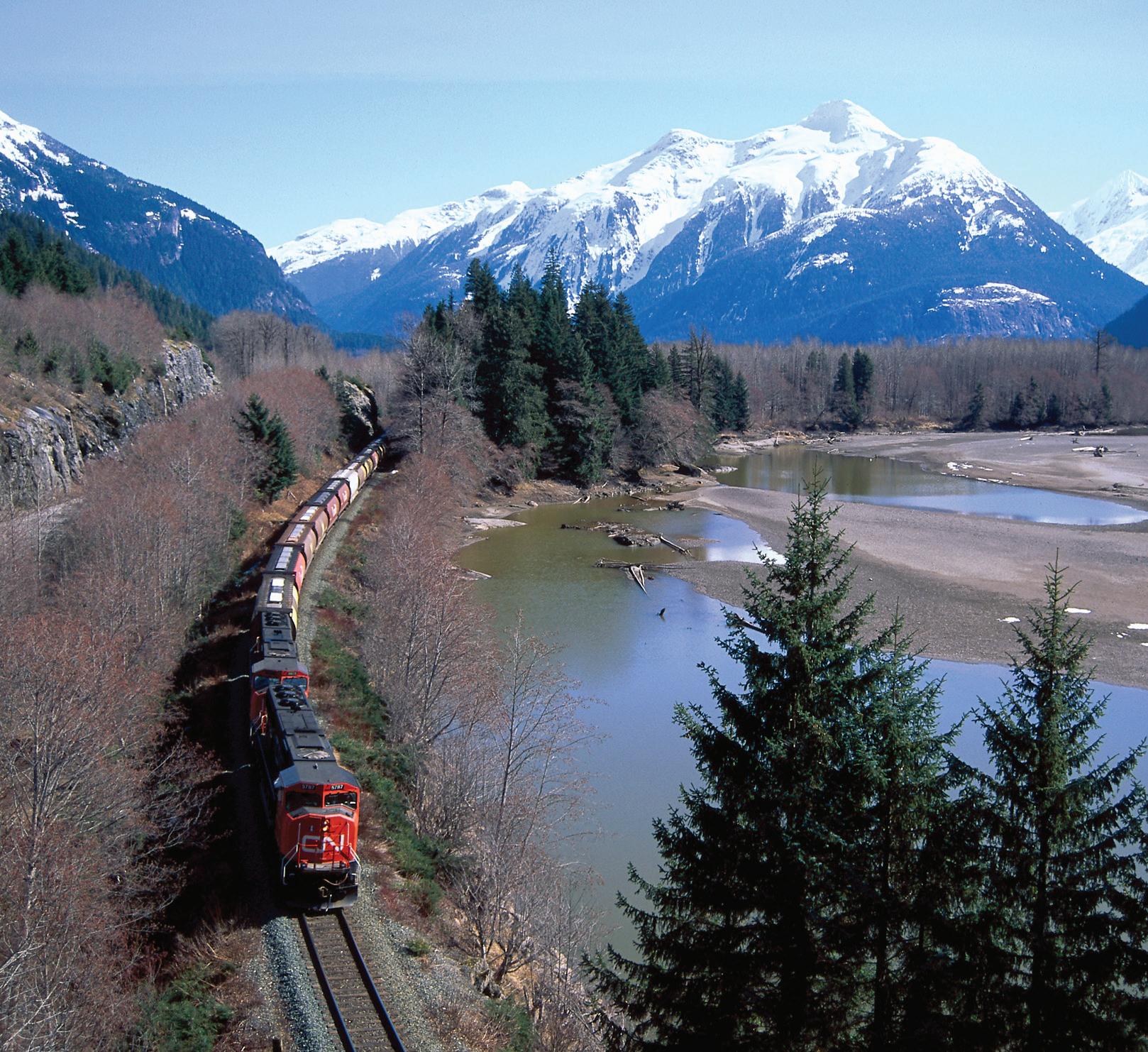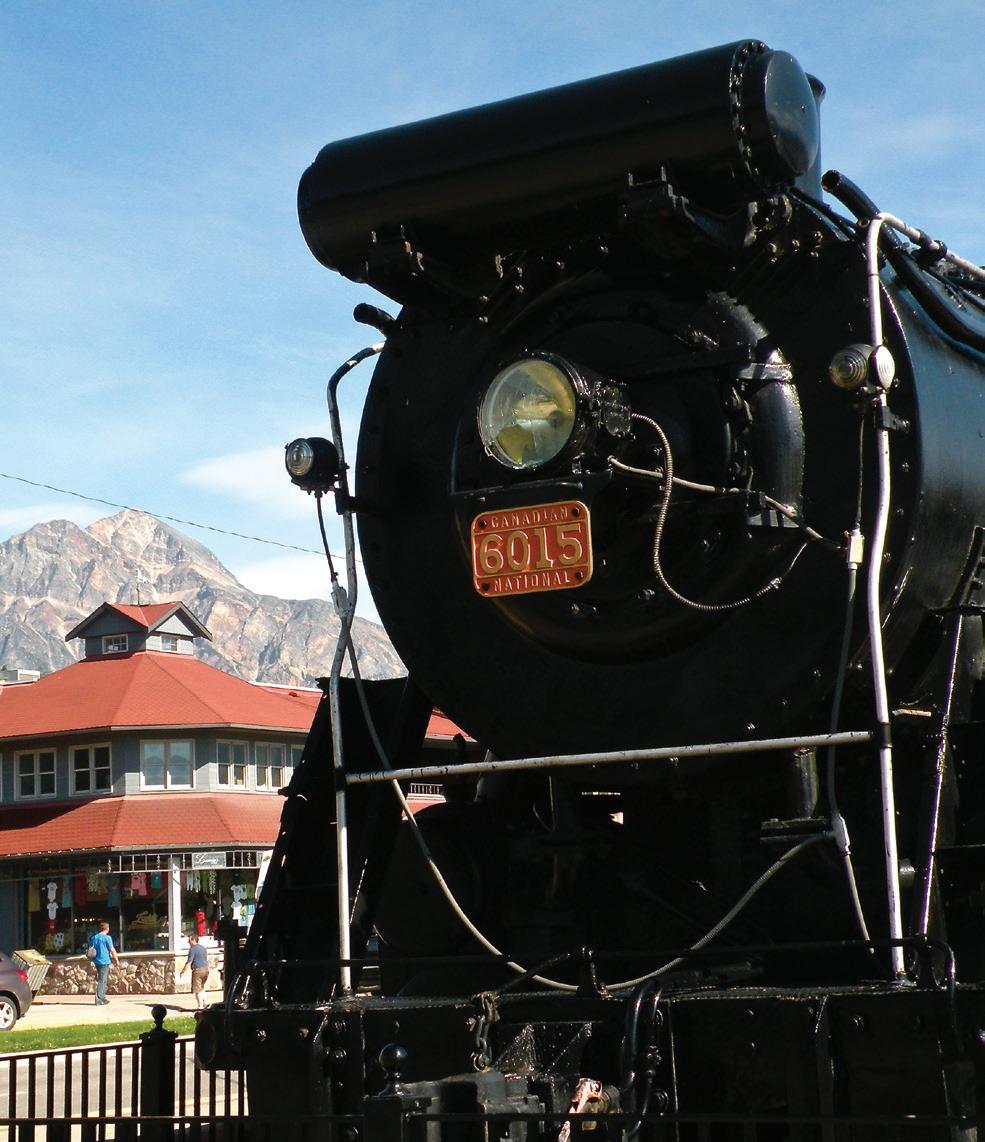
4 minute read
Canadian National Railway (CNR) 100th Anniversary
Completed in 1885, the Canadian Pacific Railway (CPR) was pivotal in creating Canada as we know it today. By the end of its first decade, the CPR was posting an annual profit of $15 million, and was cutting into the business of its main competitor in the eastern, the Grand Trunk Railway (GTR). Taking the challenge head-on, in 1896 the GTR hired Charles Melville Hays, to begin a transcontinental competition with the CPR.

Charles Melville Hays 1910
Advertisement
Hays initially focused on cutting costs in eastern Canada. By the time he committed to expand westward, there was a new kid on the block, the Canadian Northern Railway (CNoR), devoted to breaking up the CPR’s monopoly on western trade.
In response to the GTR’s westward expansion plans, the CNoR sought to complete track to the Pacific Ocean quickly and proposed a partnership that would see the Grand Trunk build in the east while the CNoR built in the west.

Photo Courtesy of CNR
Hays however, declined. Instead he petitioned the government to charter his railway to build across the prairies, and over the Yellowhead Pass and along the Skeena River to the Pacific. Hays stipulated that the government had to invest $6,400 per mile and provide a land grant of 5000 acres per mile.
It was an election year and prime minister Wilfred Laurier, a Liberal, received Hays warmly. In the manner that John A. Macdonald had put the Conservative party’s stamp on the CPR thirty years earlier, Laurier wanted to affix his political mark to a competitor that would crack the CPR’s monopoly. Laurier put forward a complicated idea for what he called the National Transcontinental Railway.

Wilfred Laurier
East of Winnipeg, the Canadian government would lay track to Moncton, New Brunswick. And west of Winnipeg, a newly created subsidiary of the GTR would build to the Pacific ocean. This subsidiary, the Grand Trunk Pacific Railroad (GTPR), would rent the eastern section and the government would be the major guarantor of the western section. Hays became the President of the GTPR.
Construction began in 1905. The next year, the government became aware that the CNoR intended to file plans to also cross the Rockies at Yellowhead Pass. Because they had a big stake in the GTPR, it asked Hays to promptly file detailed plans for its proposed route, and then “misplaced” the CNoR’s application. The deception was obvious but, as a result, the GTPR’s charter received approval first, and with the best route.

Photo Courtesy of CNR
In July 1909, the GTPR’s tracks reached Edmonton from the east. The following winter construction crews began to tackle the crossing of the Rockies. They soon had company. After scrambling for two years, the CNoR made an end-run around the federal government by securing a charter in BC, permitting them to cross Yellowhead Pass to Vancouver. While the GTPR’s work gangs cleared the grade and laid track, the CNoR’s surveyors leap-frogged along. For 2 years rival workers constructed twin railway grades in what would prove to be the most futile episode in Canadian transportation history.
When Hays drowned on RMS Titanic in 1912, the GTPR lost its champion. Following completion of the GTPR in April 1914, and the CNoR in January 1915, it was apparent that there was one railroad too many in the west. WWI snuffed out the candle of prosperity. Both railways incessantly clamored for public funds to stave off collapse.

CN 6015 is a 4-8-2 “Mountain” type locomotive, built for the CNR in 1923. The only remaining example of 37 that were built.
Graeme Pole
In a typical Canadian move, the Conservative government of Robert Borden appointed a Royal Commission to appraise “the railway problem.” It recommended that the government take ownership of the GTR, GTPR, and CNoR, thus creating Canadian National Railways. When the amalgamation was completed in 1923, the new railway included 22,110 miles of track and employed more than 99,000 workers, making it the largest industrial employer in Canada. It began operations with a $1.3 billion debt.
Charles Melville Hays had dreamed of a railway hotel network in western Canada to rival that of the CPR. He built the Hotel Macdonald in Edmonton, and planned the Chateau Miette resort, in Jasper. Canadian National Railways purchased the lease for a railway construction camp known as Tent City in Jasper in 1922, and subsequently built Jasper Park Lodge. However, the golden era of the railway was soon supplanted by the arrival of the automobile. Today, in many places, Hwy 16 follows abandoned railway grades.
By Graeme Pole Graeme
Pole writes about life in the mountains mountainvision.ca










